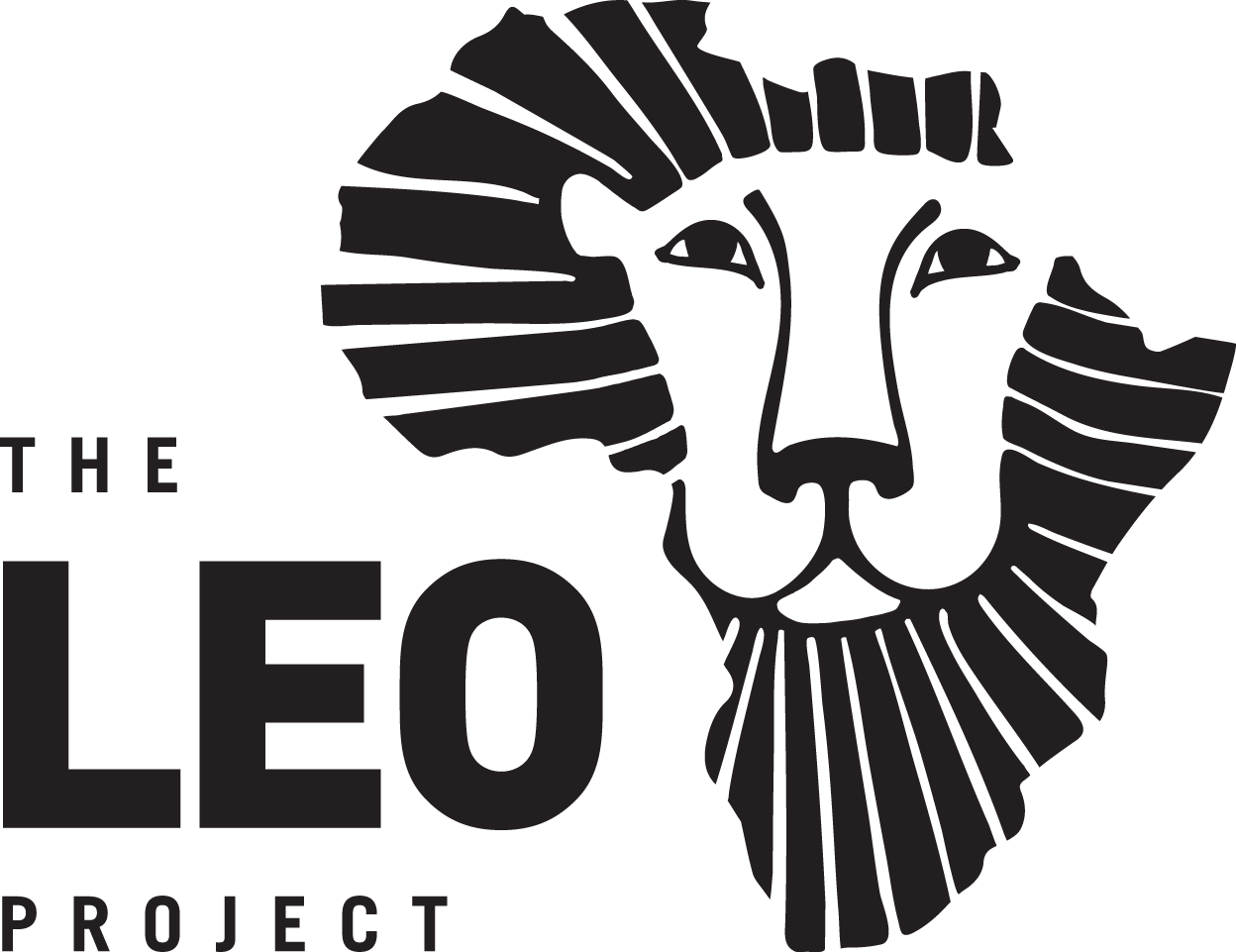Community-Rooted Nutrition Care
The Leo Project’s (TLP) Caitlin O’Hara Community Health Clinic has become a trusted source of care and knowledge for families within the region. Our newly established nutrition clinic is offering another layer of care by providing tailored nutrition counselling designed to improve health outcomes for children and adults.
At the core of this effort are two of TLP’s healthcare providers: nurse Regina Shilibwa, and clinical nutritionist Dhruti Patel. Together, they are shaping a holistic and culturally grounded approach to nutrition—one that begins with education and extends to consistent follow-up and individualized support.
Regina and Dhruti
This work is greatly needed. In Kenya, data from 2024 show that 847,000 children under five are facing acute malnutrition, including 195,103 suffering from severe acute malnutrition (SAM) (IPC Info). Even more alarming, 420,000 babies were born undernourished in 2023, a 60% increase from a decade ago (Save the Children, 2023).
One key contributor to malnutrition in the communities surrounding the clinic is the heavy reliance on carbohydrate-rich staples, often at the expense of proteins, fruits, and vegetables essential for balanced nutrition. “Every time I've talked to mothers, the staple has always been carbohydrates,” says Dhruti. This dietary imbalance can be damaging during the critical early years of a child’s development. “The diet is not balanced, so the child is not going to thrive. The milestones are not going to be met. The cognitive function is not going to be there. The immunity is not going to be there. The physical growth is not going to be there,” Dhruti explains.
Regina sees this every day, adding, “Nutrition is very important, but sometimes it's overlooked, especially for a child. It's very important for a child, because it will determine how the rest of the child's life will be. If the child gets the right nutrition, they will develop very well.”
Through the nutrition clinic, Dhruti and Regina are addressing this head-on. “At the moment we have 14 malnutrition cases [in children under 5] that we're working on,” Dhruti says. “Fourteen is a lot for a clinic. Fourteen is a big number for malnutrition cases. Right now, there are eight severe and the rest have moved from severe to moderate.”
Above: A child in the clinic having their mid-upper arm circumference measured, and RUTF being provided.
Like many health challenges, undernutrition has complex, deeply rooted causes. Access to a variety of nutrients is limited, often dictated by the rhythms of the weather. As Regina puts it, “When I see the rain, I’m very happy—because I know food will grow, and they’ll have more to eat.” Exacerbating these realities is the recent and sudden collapse of key USAID-supported health programs which has significantly limited access to government supplied therapeutic foods such as fortified flour and Ready-to-Use Therapeutic Food (RUTF). This peanut-based paste is specially formulated to treat children with SAM, delivering rapid weight gain at a recovery rate of 85–95% (WHO, 2013). Most importantly, it reduces the risk of death by up to 55% compared to no treatment (Collins et al., The Lancet, 2006).
When describing the shortage of RUTF we are facing, Regina shares, “It's just a very nagging feeling because you know the child needs it [RUTF], but there's no way of accessing it.”
A child in the nutrition clinic being weighed
Despite these constraints, the team remains focused, meeting with caregivers–mainly mothers–regularly, guiding them through locally available nutrition solutions and offering personalized food lists. The program’s reach extends far beyond early childhood. Adults come to the clinic every week with diabetes, hypertension, and other chronic diseases linked to lifestyle and poor diet. “Most of it ties back to availability and affordability,” says Dhruti. For these patients, nutrition education becomes a form of long-term disease prevention and management.
The World Health Organization underscores the importance of dietary changes in controlling non-communicable diseases like diabetes and hypertension—recommending increased intake of whole grains, fruits, vegetables, and lean proteins, while minimizing refined sugars and processed foods. (WHO, 2023). In a setting where healthier options are often more expensive or unavailable, Regina and Dhruti emphasize practical, affordable changes that work within local realities.
Because of our efforts, awareness is growing. “At least now, everyone knows they’re going to get the care they need,” Dhruti adds. “They don’t have to wonder how or where—they know we’re here.”
In a region where far too many children still face stunting, wasting, and preventable illness, The Leo Project’s nutrition program is planting seeds of lasting change. As Regina shares, “When you see patients getting better, especially little children as they grow, it's such a good feeling. You feel like you are doing something good. It gives you some sort of purpose.”
All photos taken with consent of caregivers
You can support this work by making a donation today.




